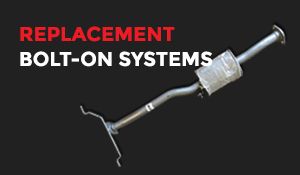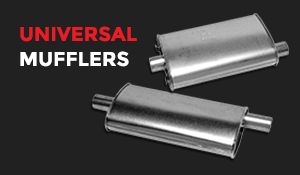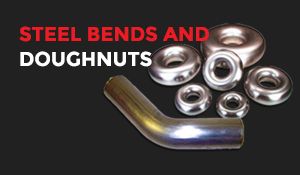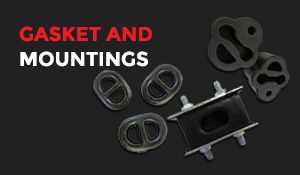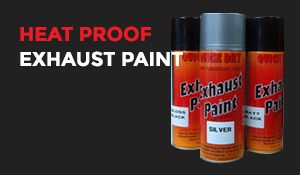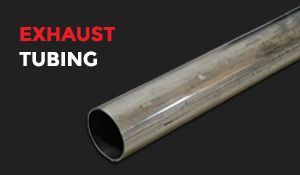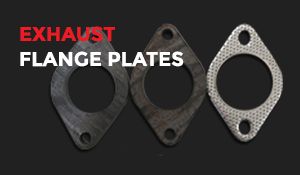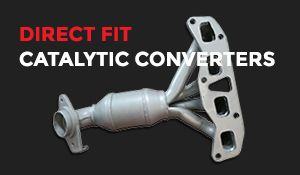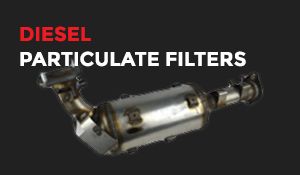Exhaust & Emission Control
Exhaust
With over 40 years in the exhaust industry, and Western Australia’s largest range of exhaust systems for all makes and models, Autoline has the solution for all your exhaust needs
With leading Brands form all over the globe, Autoline is a leading supplier of imported exhaust products for
- Domestic Passenger Vehicles
- Commercials Light Vehicles and 4WDs
Autoline has built an excellent reputation and is highly regarded in the trade for its exhaust systems and associated products. Autoline’s range of replacement muffler assemblies, engine pipes, tail pipes, universal mufflers, catalytic converters and oxygen sensors is for ever growing to meet the increasing growth and diversity of the market.
Emission Control
Autoline stocks and can source and extensive range of emission control products, products for all makes and models ranging from passenger petrol and diesel, thru to 4x4 and commercial vehicles. Vehicle emissions are minimised today thru either catalytic converters for petrol engines or diesel catalytic converters and particulate filters for diesel engines.
Catalytic converters were introduced to Australian vehicles in 1986 to clean up the noxious exhaust gases produced by petrol engines.
Catalytic converters are fitted into vehicle exhaust systems and resemble a small muffler. Their outer body is stainless steel, while inside is a honeycombed ceramic block, containing a variety of noble metals such as platinum, palladium and rhodium. These metals cause a chemical reaction with the passing exhaust gases.
There are two types of catalytic converters.
The two-way, or oxidising, converter changes unburnt or partially burnt fuel to water and carbon dioxide, while three way converters utilise the oxidising process, and in addition, convert oxides of nitrogen into harmless nitrogen. The converter type fitted to a particular vehicle depends on its emission system.
Catalytic converters are sensitive to engine-related problems, such as misfires and rich fuel mixtures and may be easily destroyed by impacts with road hazards and speed bumps. In normal service they have a long life; however, they do eventually wear out and need to be replaced.
Diesel Particulate Filters are an industry response to the ongoing tightening of exhaust emission standards for diesel vehicles. As their name suggests, they clean the particulate matter (soot) from exhaust gasses by passing them through a filter that traps the particles.
To maintain engine performance, DPF systems must be cleaned at regular intervals to remove the soot they have collected. This is known as regeneration. For the majority of road vehicles regeneration is carried out on-board, though some vehicles, such as underground mining machines and some heavy trucks, may incorporate ‘off-board regeneration’ which requires the DPF to be removed for cleaning.
On-board regeneration involves raising the internal temperature of the DPF to a point where the soot it contains reaches its combustion temperature. This can be around 600 degrees Celsius. Regeneration involves the vehicle’s engine management computer monitoring sensors that measure exhaust system back pressure and/or temperature. When pre-determined conditions are met the computer facilitates the injection of additional fuel that raises the temperature of the DPF.
On-board regeneration is usually completed automatically, often without the driver even being aware it is occurring. However some operational situations can affect the regeneration process. Low speed and stop-start driving can prevent the initiation or completion of the regeneration process. In such cases the vehicle may need to be driven a certain distance at a defined minimum speed (usually about 80km/h), or alternatively, returned to a dealer to have the regeneration process manually initiated.


